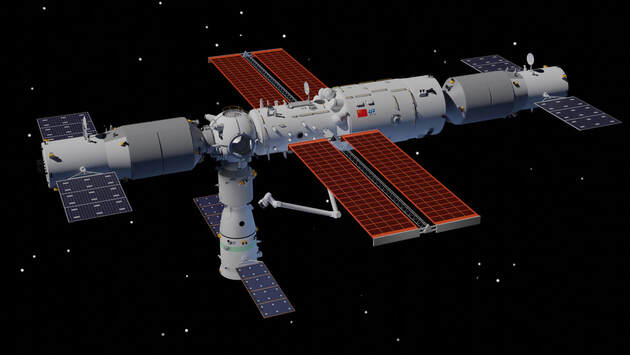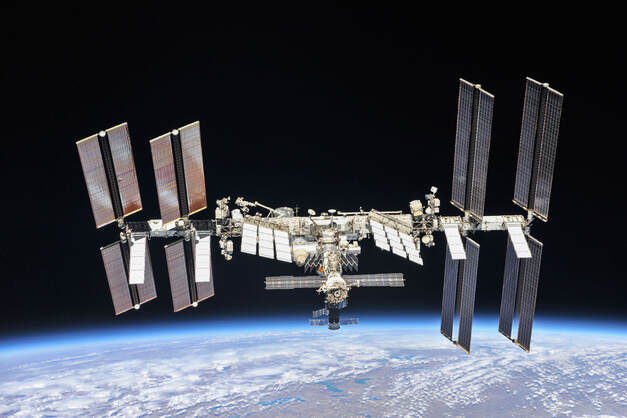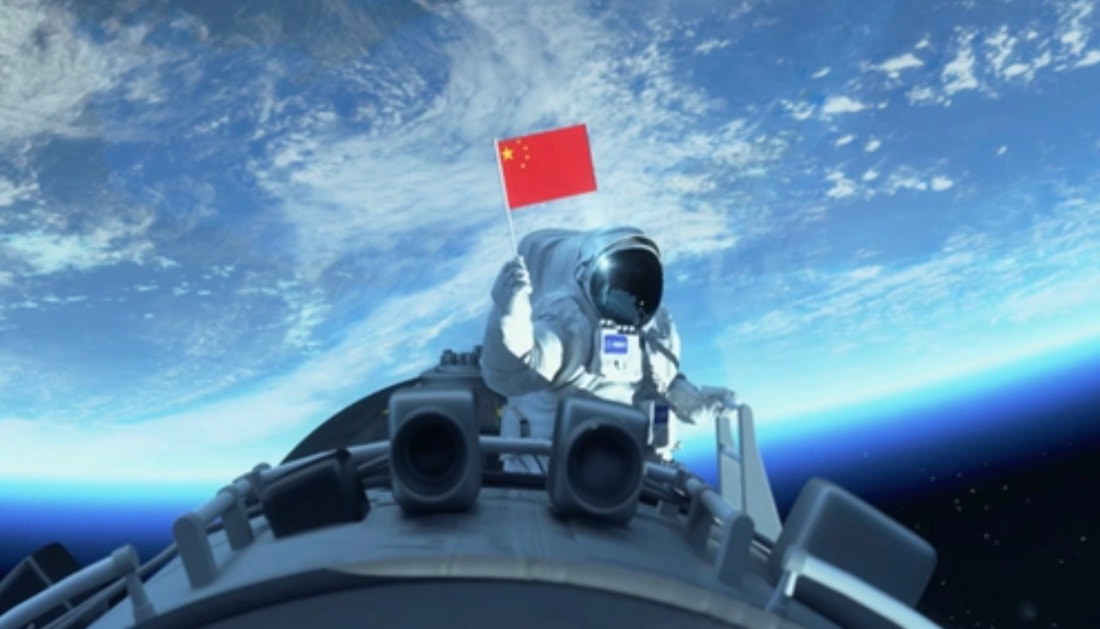Author: Elias de Andrade Jr.Director, Institute of Space Commerce, Austin, Texas, USA The Peoples Republic of China (PRC) is scheduled to complete its first space station in the next two years. With its Tiangong, Chinese Space Station (CSS), China has also raised many questions on how its capabilities are comparable and competitive with the International Space Station (ISS) also due to be decommissioned by 2024. The space race is on, and the CSS is a landmark of independent human flight capability that is just the beginning for China.  Photo:CMSA Photo:CMSA In the past ten years of research and development of space technology, China has enjoyed various opportunities to be a superpower in outer space. Steady economic growth rate and increase of its GPD enabling government funding are some of them. It has also developed its own national space technology with spacecraft launching capabilities, and its space activities are in accordance with the current international legal framework. On October 16, 2021, three Chinese Astronauts in the Shenzhou mission entered the Tiangong for a six month stay, its longest mission in history. China has launched 12 spacecraft, plus the Tiangong 1, and the Tiangong 2 Space Laboratory. The country has trained and sent 11 astronauts to outer space 14 times and returned them safely to Earth. The design life expectancy of the 5-module station is 10 years with possibility of extension. Therefore, the two-year milestone goal at the end of a decade of progress and technological breakthroughs for China, done as a single country, represents a great outcome comparable to the ISS. In comparison, the International Space Station (ISS) was created from a larger international effort that required a more extended period. The National Aeronautics and Space Administration (NASA) plans to build a space station had started in the early 1980s. The project deadline expended to include the ISS current international partners (US, Canada, Japan, Russia, and Europe). In 1998 the first ISS module Zarya was launched. In 2009, the ISS received its first 6-member expedition, and in 2010 the ISS was considered completed with 16 modules. The design life cycle of the ISS has been extended until 2024. Both the ISS and the CSS are government financially backed and highly expensive space-faring activities. At the time of completion in 2010, the ISS total cost had reached $100 billion US Dollars. Between 1998 and 2010 when the ISS was completed, the US economy had grown from roughly $9 to $15 trillion USD despite the unsteady growth rate and the 2008 economic recession. On the other hand, the PRC’s economic growth has thrived in the past decade, reaching a 14% growth a year and declining to 1.9% by the recession caused by the Covid-19 pandemic. From 2010 to present time, Chinese space efforts happened when the country more than doubled its GDP from $6 to $13.6 trillion USD. The steady economic growth has given the Chinese government full capacity to afford the assembly of its own space station in two years, as it requires fewer technical, financial, and bureaucratic delays experienced in the ISS, for example. In 2011, the PRC already surpassed the United States in number of orbital launches for the first time. In addition, the CSS certainly represents another shift of Chinese influence in the global economy. Considering the retirement of the ISS in 2024 and the effective functionality of the CSS by 2022, a disruption in the space industry may occur. The CSS will be the solo space station with manned missions performing R&D in LEO, where the space industry projects business capabilities to become a 1 trillion-dollar industry. Therefore, the CSS with the Chinese launching capability may be picking up from the ISS in the best moment. As the Chinese space program is run mainly by its military and state-owned companies, it is unclear what role the CSS will play in LEO in the long run, given that most lucrative activities conducted in LEO are for commercial and civil applications. In other words, few questions will remain unanswered and need evaluation in due course of the CSS Mission:
As for the long-term duration of the CSS mission, it is expected that the PRC space program will have limited but considerate impact in the world politically, scientifically, and commercially.
As the CSS is not being built internationally from its grassroots, it’s research and economic impact may therefore be like those of the Mir station rather than the ISS. This depends on how the PRC will define its model for cooperation with other nations, which in the beginning will most likely be with non-ISS partners. Looking at the structural organization of the Chinese space program and its activities will give a full glimpse of how key the CSS is for China. Only a Chinese space station is the major milestone missing to consolidate China as a space power. The CSS is a symbol of the same economic prosperity and technology breakthrough that paired up the USSR and the USA during the Cold War. With the CSS in 2022, the PRC will arrive late in the space race, nonetheless, it will be up to China to make use of it with great style for the world. Comments are closed.
|
Welcometo the InnovaSpace Knowledge Station Categories
All
|
InnovaSpace Ltd - Registered in England & Wales - No. 11323249
UK Office: 88 Tideslea Path, London, SE280LZ
Privacy Policy I Terms & Conditions
© 2024 InnovaSpace, All Rights Reserved
UK Office: 88 Tideslea Path, London, SE280LZ
Privacy Policy I Terms & Conditions
© 2024 InnovaSpace, All Rights Reserved




 RSS Feed
RSS Feed